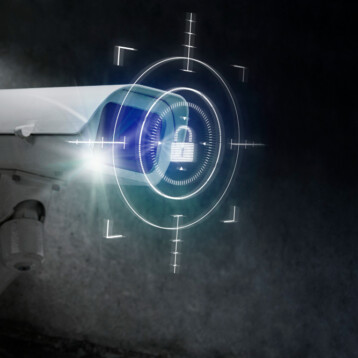A team of scientists from the Oak Ridge National Laboratory developed a system which uses fiber-optic laser-based sensor that automatically corrects minute barrel disruptions and allows snipers to score bull’s-eye more easily.
|
The new system was developed by a team led by Oak Ridge National Laboratory’s Slobodan Rajic, in order to measure the deflection of the barrel relative to the gun sight and then electronically perform electronic corrections.
The Reticle Compensating Rifle Barrel Reference Sensor automatically calculates the position between the barrel and the weapon sight axes from the shooter to an electronic sensor. The system precisely measures the deflection of the barrel relative to the sight and then electronically realigns the moving reticle, or crosshairs, with the true position of the barrel, or bore axis.
Modern sniper rifles can reach a range of about two miles. In this range even the tiniest barrel disruptions can cause the sniper to miss its target. This fact makes the new technology particularly valuable.
A typical barrel of a high-power rifle has exterior grooves made to reduce weight and allow the barrel to cool faster. The new technology uses optical fibers which are placed inside the grooves produced by the barrel manufacturer or retrofitted later on. The system contains a laser diode that sends a signal beam into the optical fibers parallel to the bore axis of the barrel.
Accroding to Slobodan Rajic : “The optical fibers are designed to split the laser beam twice, sending one beam along the top of the rifle barrel and another light beam along the side of the barrel. Thus, we can measure both the vertical and horizontal barrel deflection.”
Using a combination of optics, algorithms and even more sensor input, the system can take into account distance and other factors affecting the bullet trajectory. Ultimately the sniper gets crosshairs that automatically adjust for changing conditions in real time.
The resolution of ORNL’s system is said to be 250 times better than that of traditional sniper rifle equipment, which can normally be manually adjusted by one-fourth minutes of angle whereas the ORNL sensor can sense angular displacement by 1/1,000th of a minute of angle.
Rajic and his team are also developing a laser-based bullet tracking system to give snipers even better chances of succeeding by providing specific information about the bullet flight path.
TFOT previustly covered several sniper related technologies including: “Army Buys Wearable Sniper Detectors” and Guided Bullets under Development.
More information can be found on the ORNL website.











